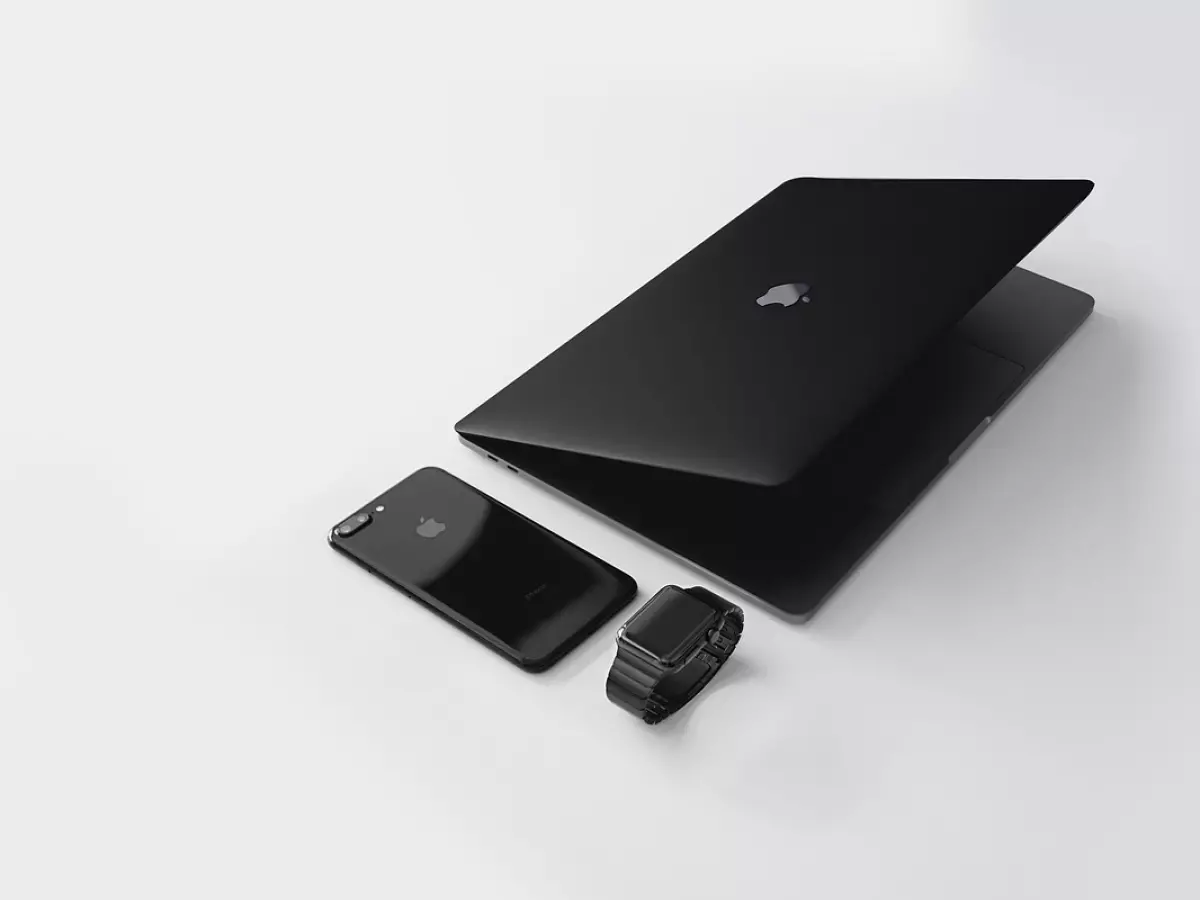Gadget Anatomy
Ever wondered what really makes your gadgets tick? Why does one smartphone feel like a rocket ship, while another feels like it's stuck in the Stone Age? It's all about the hardware under the hood, the performance benchmarks, and how cutting-edge tech is integrated into the device. So, let's dive into the nitty-gritty of what makes your gadgets hum—or sometimes, groan.

By Liam O'Connor
At the heart of every gadget is its hardware. Think of it as the skeleton and muscles of your device. The processor, RAM, storage, and display are the key players here. But it's not just about throwing in the highest numbers. A device with 12GB of RAM and a top-tier processor might still underperform if the software isn't optimized. So, how do you know if your gadget is truly a beast or just a paper tiger?
Processor: The Brain of the Operation
The processor, or CPU, is the brain of your device. It's responsible for executing all the commands and tasks you throw at it. But not all processors are created equal. You've probably heard of terms like 'octa-core' or 'quad-core,' but what do they really mean? In simple terms, the more cores, the more tasks your device can handle simultaneously. However, it's not just about the number of cores; clock speed (measured in GHz) also plays a crucial role in how fast your device processes information.
For example, a high-end smartphone might boast an octa-core processor with a clock speed of 3.0 GHz. This means it can handle multiple tasks—like running apps, streaming video, and browsing the web—without breaking a sweat. But if you're a gamer or someone who uses resource-heavy apps, you'll want to pay close attention to both the number of cores and the clock speed.
RAM: The Multitasking Muscle
RAM (Random Access Memory) is like your gadget's short-term memory. It stores the data your device needs to access quickly, like the apps you're currently using. More RAM means your device can handle more tasks at once without slowing down. But here's the kicker: more RAM doesn't always mean better performance. If your device's processor can't keep up, all that extra RAM will just sit there, twiddling its thumbs.
For most users, 6GB to 8GB of RAM is more than enough for everyday tasks like browsing, social media, and streaming. But if you're into gaming, video editing, or other intensive tasks, you might want to look for devices with 12GB or even 16GB of RAM.
Storage: More Than Just Space
Storage is where all your files, apps, and media live. But it's not just about having enough space; the type of storage matters too. Most modern gadgets use either eMMC (embedded MultiMediaCard) or UFS (Universal Flash Storage). UFS is faster and more efficient, which means apps load quicker, and your device feels snappier overall.
When choosing a gadget, it's essential to consider both the amount of storage and the type. If you're someone who hoards photos, videos, and apps, you'll want at least 128GB of storage. But if you're more of a minimalist, 64GB might be enough—just make sure it's UFS for that extra speed boost.
Display: Not Just a Pretty Face
The display is often the first thing you notice about a gadget, but it's more than just eye candy. The resolution, refresh rate, and brightness all play a role in how enjoyable your device is to use. A higher resolution means sharper images, while a higher refresh rate (measured in Hz) makes animations and scrolling feel smoother.
If you're a gamer, you'll want a display with at least a 90Hz refresh rate for buttery-smooth gameplay. But even if you're just scrolling through Instagram, a higher refresh rate can make your device feel more responsive and fluid.
Performance Benchmarks: The Truth Behind the Numbers
Now, let's talk benchmarks. These are standardized tests that measure a device's performance in various tasks, from gaming to web browsing. Benchmarks give you a good idea of how a gadget will perform in real-world scenarios, but they don't tell the whole story. A device might score high in benchmarks but still feel sluggish if the software isn't optimized.
When looking at benchmarks, it's essential to consider the type of tasks you use your device for. If you're a casual user, you don't need the highest scores in gaming benchmarks. But if you're a power user, those numbers can give you a good idea of whether a device will meet your needs.
New Tech Integration: The Future Is Now
Finally, let's talk about the integration of new technologies. From AI-powered cameras to 5G connectivity, modern gadgets are packed with cutting-edge features. But not all new tech is created equal. Some features, like 5G, can genuinely enhance your experience, while others, like gimmicky camera modes, might not be worth the hype.
When evaluating a gadget, it's essential to consider how new technologies will impact your day-to-day use. Will that AI camera actually take better photos, or is it just a marketing buzzword? Will 5G make a noticeable difference in your browsing speed, or are you better off sticking with 4G for now?
In the end, it's all about finding the right balance between hardware, performance, and new tech. So, the next time you're shopping for a gadget, don't just look at the specs—think about how those specs will translate into real-world performance.





